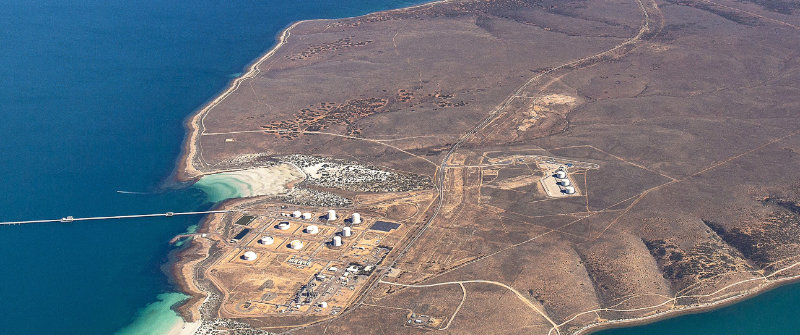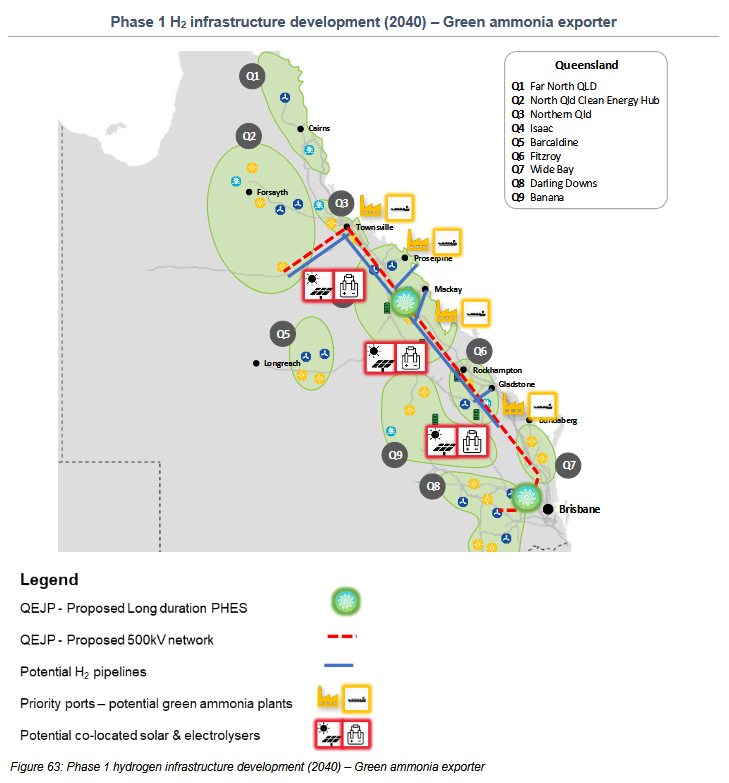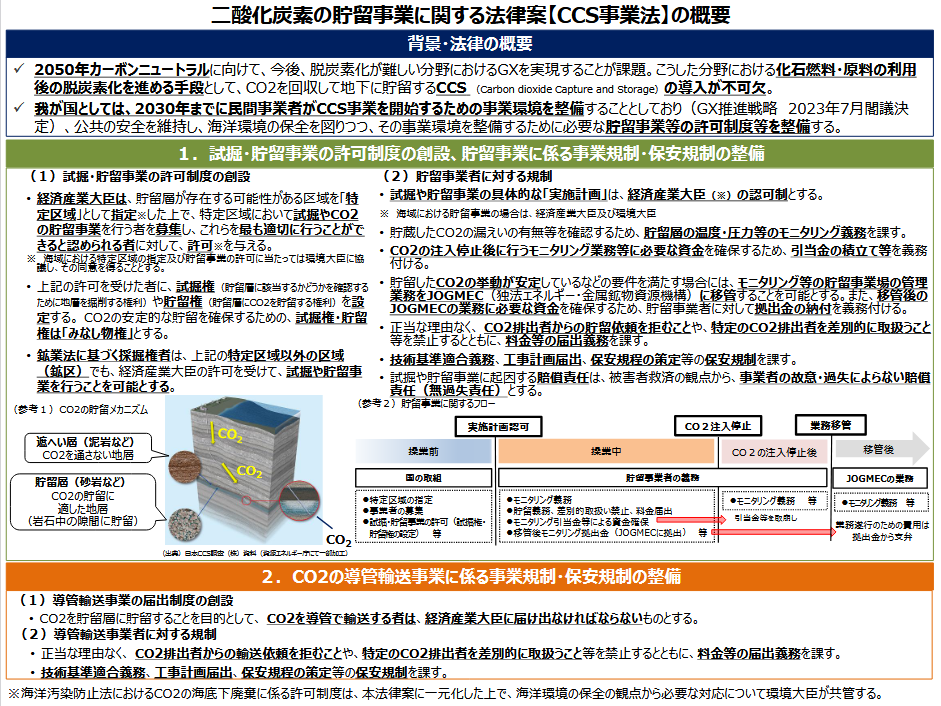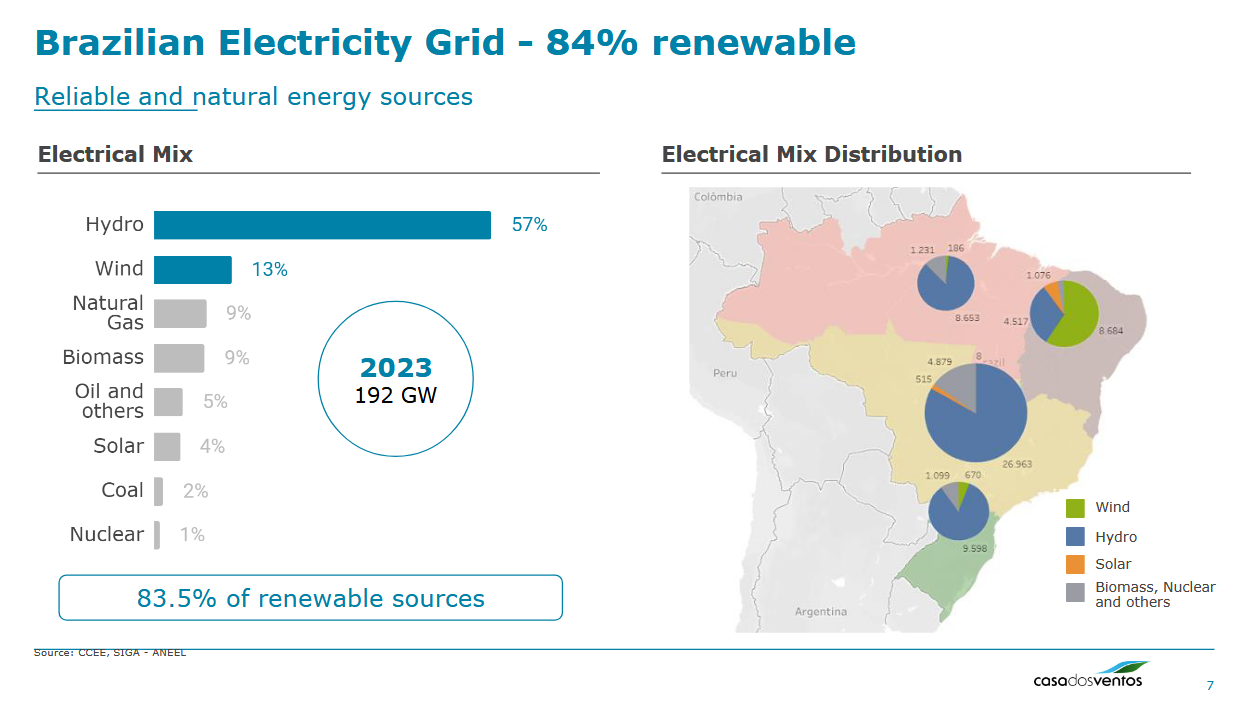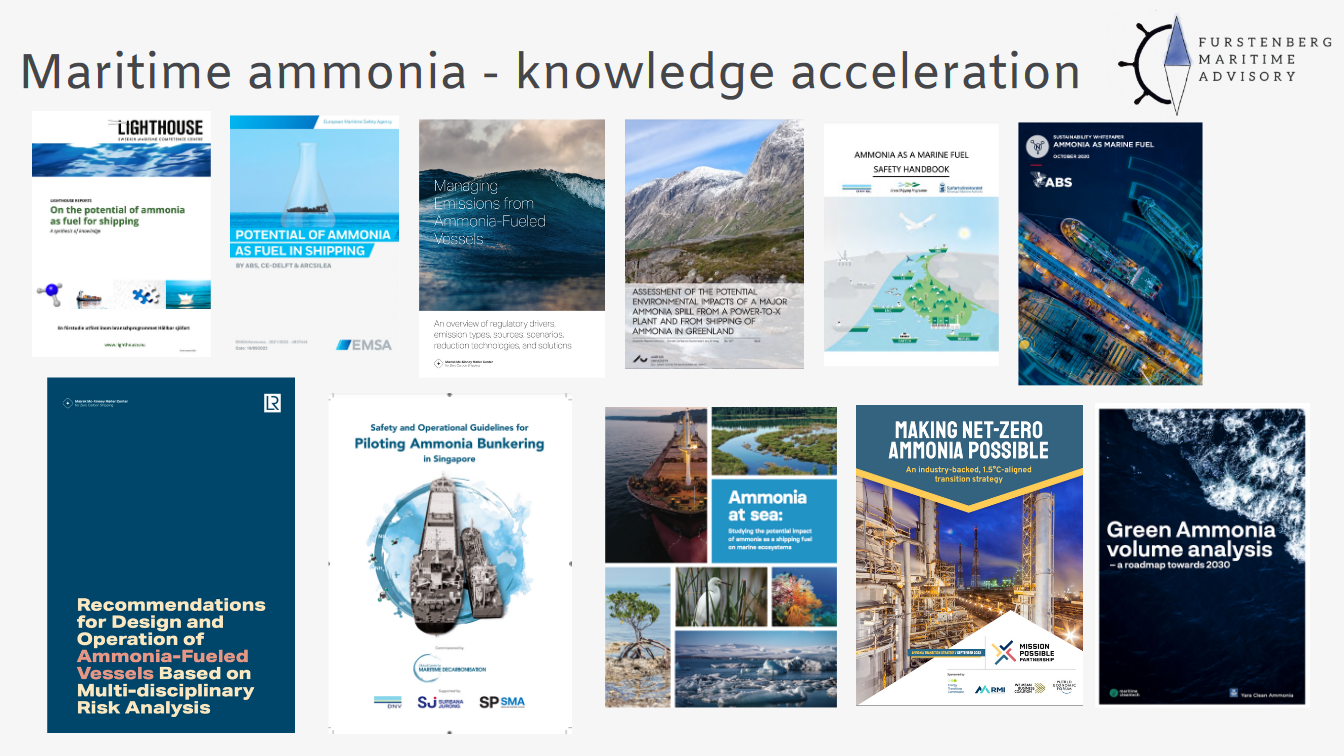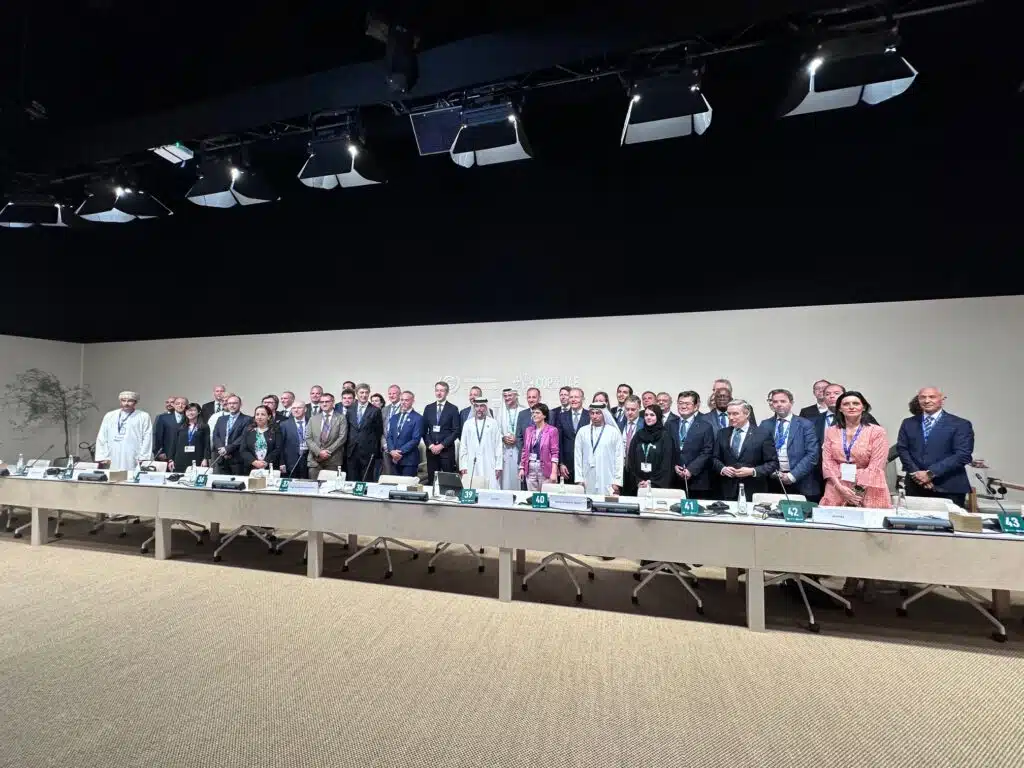Government-industry collaboration to boost ammonia production in Australia
The Port Bonython and Pilbara Hubs are part of a wider strategy by the Australian government to set up multiple hubs around the country to promote renewable hydrogen & ammonia production in Australia. Based on a common-user infrastructure approach and equal federal-state funding, other locations set to benefit from this initiative include Kwinana, Gladstone, Townsville, Bell Bay and the Hunter.
